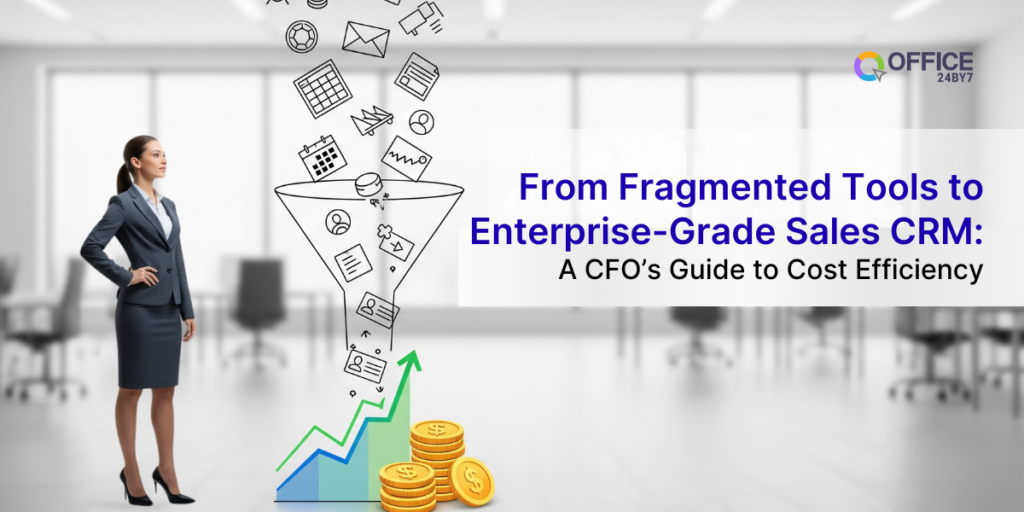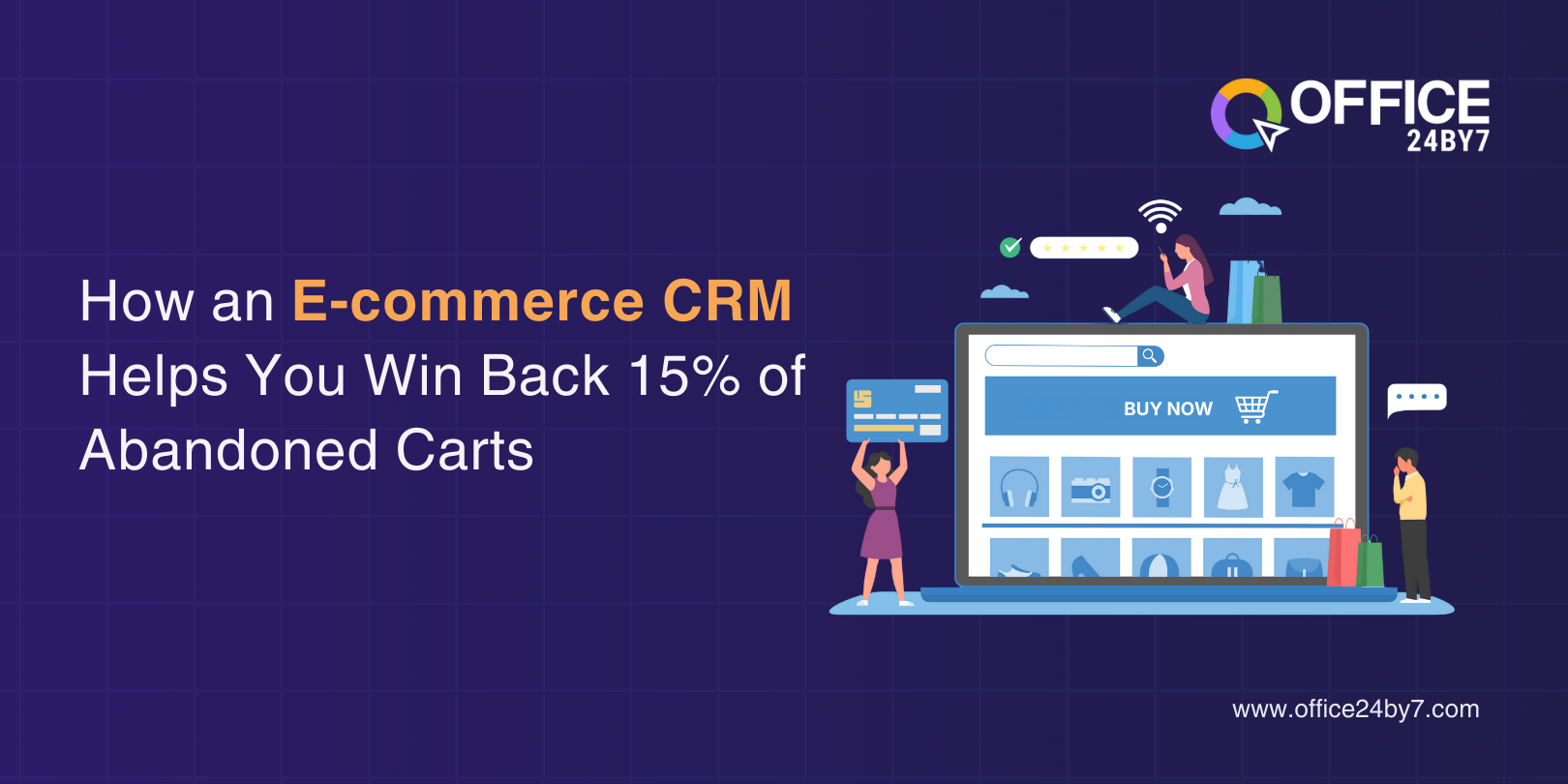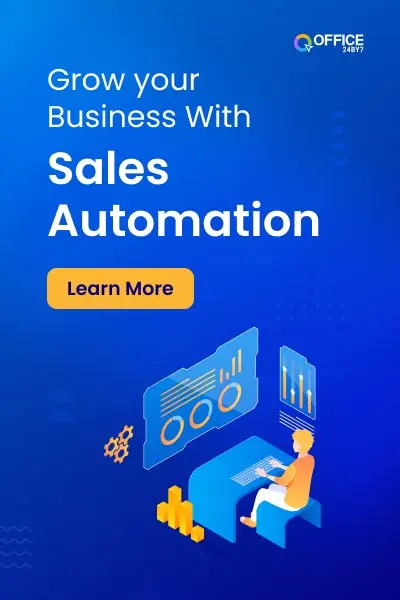
Not sure if this blog on Sales CRM contains quality information?
Try our 1-minute short audio summary to decide. 🎧
Organizations with multiple disconnected sales CRM and marketing applications experience the weight of ineffectiveness and dawdling. On the surface, it seems manageable. This, however, is a disjointed approach that results in inefficiencies and causes an increase in hidden costs, besides low productivity. These challenges go beyond technology. They impact on financial health and constrain the future growth of the company.
It is the role of the CFOs to maintain the balance between operations and due diligence in capital matters. This means that every single rupee or dollar expended ought to bring its ROI. In this case, the argument of integration of systems into an enterprise-level Sales CRM ceases to be a good-to-have decision and is more of a must-have move. And a Sales CRM used properly is a powerful means to reduce waste, create superior visibility, and achieve scalable efficiency.
The Hidden Costs of Fragmented Sales CRM and Marketing Tools
The issue of segmentation is not only in the sphere of IT but business ecosystem in general. Having some individual systems may appear cost-effective in the short term, but this creates challenges that are both time and cost-intensive. A unified combination of a Call Center Solution and Sales CRM removes redundancy and streamlines costs and workflows.
Rising Technology Spend Without ROI
When many divisions are using their tools to trace sales, engage customers, or report, the cost adds up very fast. Duplicate contracts, multiple licenses, and other support contracts consume profit without the realisation of their impact.
CFOs often see rising spend without matching revenue growth. The reality is simple: fragmentation increases costs with no superior outcomes.
Inefficient Operations and Data Silos
Disconnected tools force teams to reconcile data manually. Sales, marketing, and support are spending time unnecessarily exchanging information rather than focusing on growing the business.
Such silos not only reduce productivity; they also enable decision-makers not to get the right picture of business performance.
CFOs, in particular, do not feel happy having a consolidated view of revenue pipelines or allocation of expenses. Forecasting and resource planning would be a matter of guesswork without clean centralized data.
This is where Omnichannel Marketing capabilities built into Sales CRM can make a difference. Instead of having to manage separate tools, enterprises receive a single system that records and links all customer engagements made through voice, text, email, and digital media, establishing a path of efficiency and financial transparency.
How Enterprise-Grade Sales CRM Drives Cost Efficiency
Abandoning a fragmented system of their tools to a single enterprise-level Sales CRM would alter cost control. It is not about reducing spending, but about delivering quantifiable business value through integration, visibility, and scalability.
Lower Total Cost of Ownership (TCO)
Consolidation reduces the total cost of ownership (TCO). A CRM can save on single licenses, require less IT support, and make training easier. Employees are trained in a single system, not five, and this results in less time taken to adopt the new system and fewer mistakes. The first obvious gain a CFO can get is the reduction of operating costs along with increased efficiency.
Better Forecasting and Financial Clarity
Strategy is determined by numbers, and an enterprise Sales CRM system makes those numbers right. The forecast is more accurate with a unified perspective of revenue pipelines, win rate, or customer data. CFOs will be able to plan finance realistically regarding sales rather than assumptions.
Even more important, unified data helps identify risks early. Whether it’s deal slowness, increased churn, or failing quotas, a CRM makes problems known before they become costs on a balance sheet. This vigilant transparency enables CFOs to redistribute resources, balance budgets, and enforce compliance reporting.
When paired with Inbound Marketing automation, this clarity expands. Connecting marketing spend to pipeline and revenue provides CFOs with the insights they need to know which campaigns are producing ROI and which ones should be optimized.
Scalability Using Sales CRM Without Cost Spikes
Scaling is costly using traditional tools and methods. When new users are introduced or penetrate new markets, one is likely to buy licenses, integration, and support packages. An enterprise-level Sales CRM offers built-in scalability. The system may be scaled up to accommodate 100 users or 10,000 users without raising the management cost.
Task Management is what enables processes to continue to operate effectively as businesses scale. The productivity of teams working in the CRM is multiplied as they grow, and is not scaled down by the complexity of the CRM.
Reorganize your office with Office24by7!

CFO’s Framework to Assess Sales CRM Investments
Financial impact determines the investment decisions made by CFOs. The viability of the transition to Sales CRM will be evaluated with the help of a clear structure.
The Comparison of the Fragmentation Costs against the Consolidation Costs
The initial step is quantifying the invisible expenses of fragmentation, duplicative applications, integration burden, and lost work hours. This can be compared to the consolidated cost of a Sales CRM, hence showing actual savings. Such figures appeal to boards and stakeholders, and this makes the business case to adopt much stronger.
Connecting Sales CRM to Growth Numbers
A CRM is not a mere functional system, but it is also linked with primary financial indicators. To have successful adoption of CRM, CFOs need to pay attention to costs of customer acquisition (CAC), customer lifetime value (CLTV), and revenue predictability. We should not talk about what we spend but on how various departments can help in the growth.
As an example, the sales CRM with functionalities such as a ticket management system can help to ensure service efficiency and customer retention. Consequently, the increase in the retention rates results in the growth in the CLTV, which is one of the most significant metrics in long-term financial planning.
Conclusion – Sales CRM as a Financial Growth Strategy
Fragmented tools drain efficiency and inflate costs. CFOs seeking to eliminate waste and enhance clarity should not consider fixes applicable in the short term, but in sustainable solutions. A CRM designed at an enterprise level is not just centralizing data, but empowers CFOs to make the right decisions based on accuracy, cost-effectiveness, and growth.
CFOs intending to support CRM implementation do it by aligning it not as an expenditure but as a financial-strategic decision. Enterprises with the correct system reduce costs, expand without friction, and make a measurable bottom-line difference.
And when the CRM itself includes such power tools as WhatsApp Bots or Outbound Marketing campaigns, CFOs will see how customer connections can be directly invested in sales and revenue growth.
Above all, when the right Sales CRM is applied, financial discipline and competitive advantage are provided simultaneously. To the CFOs, it is one of the most intelligent investments that can be made to scale enterprise growth.
Call us at +91-7097171717 or email sales@office24by7.com and transform your growth strategy today!





